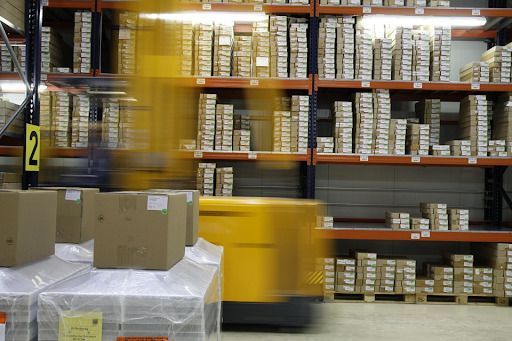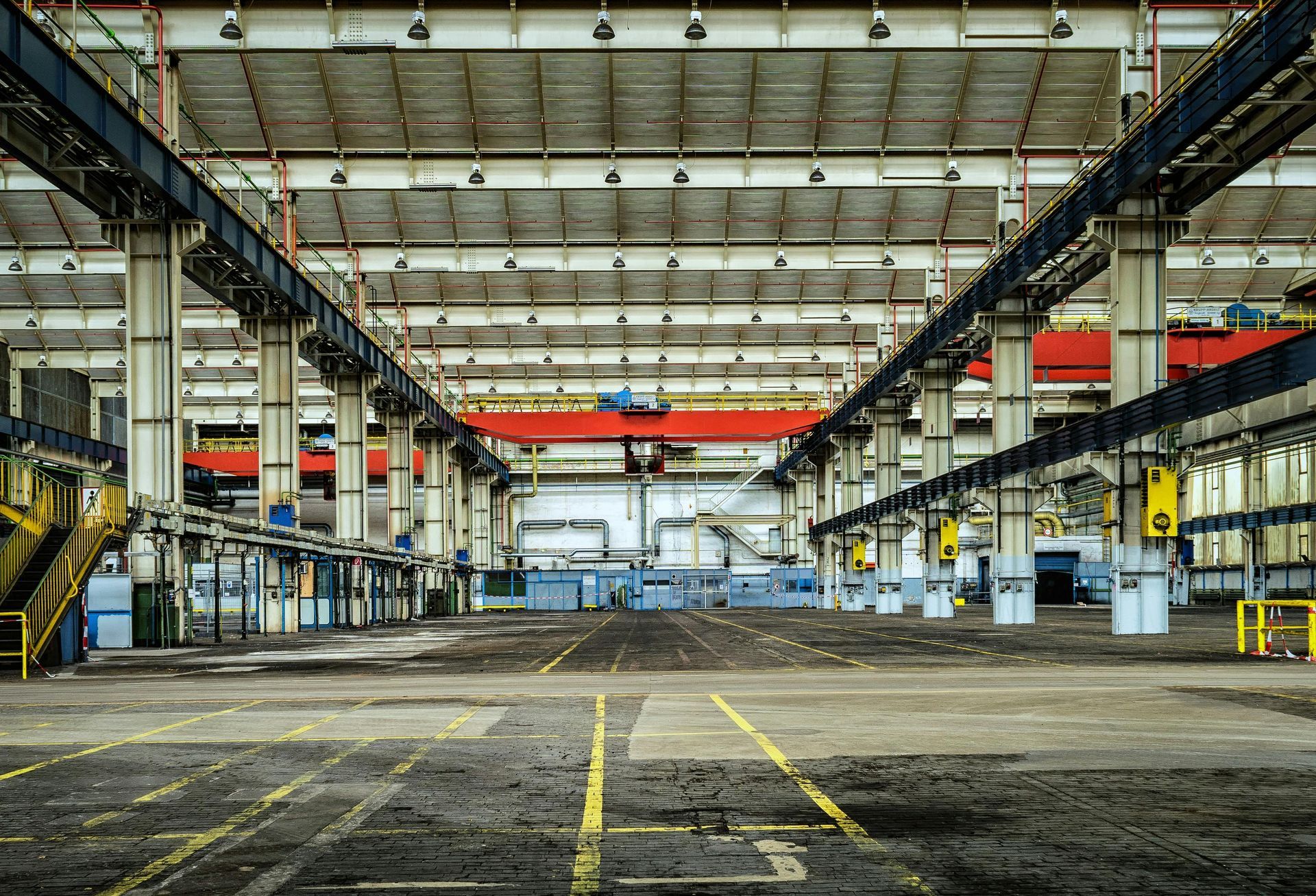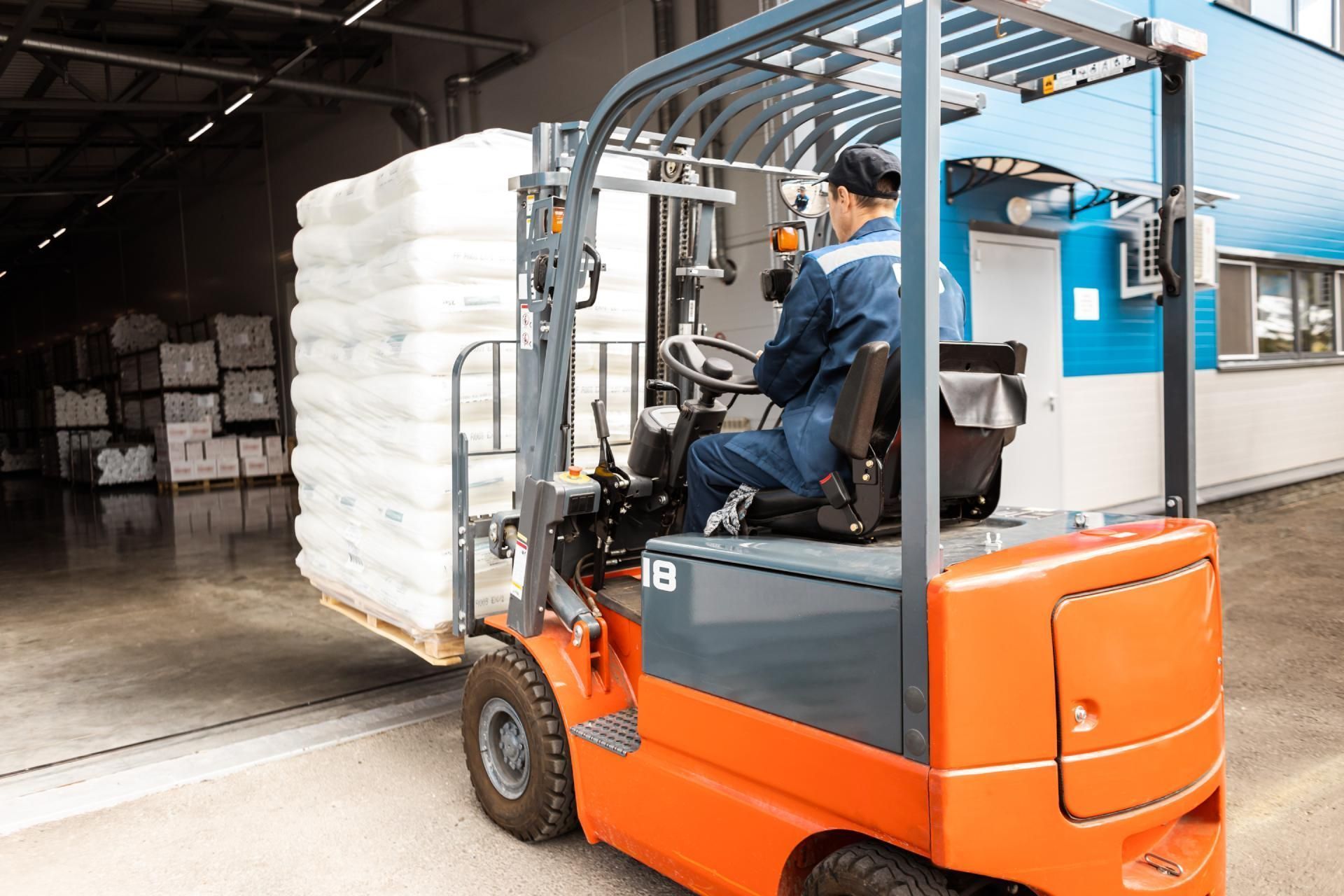A Guide to Warehouse Management
Warehouse management systems are the tech tool that creates the backbone for any successful warehouse, but there’s more to management than software. The practice of warehouse management takes into account a long list of protocols and procedures that help things run smoothly and keeps employees safe.
Finding efficiency means drilling down on the different areas of the warehouse to tweak processes in each department.
Picking: Could you benefit from shifting your picking style? How is the fleet of equipment you use for picking? Could you stand to upgrade the picking area of your warehouse with optimized equipment? These are the questions you should be asking and answering.
Packing: If your warehouse is struggling in this area, it could impact the entire management process from end to end. Keep the area clean and well organized with shelving and racks, and ensure that those using equipment to transport to and from the packing area are well-trained.
Shipping: If shipping inventory is too expensive, your warehouse management costs could skyrocket. Cost-switching can help find better shipping providers and increase margins, making it easier to manage warehousing costs.

Prioritize Automation
There’s really no need for most data gathering and scanning in the warehouse to be manually entered. Not only can automation software and tools help demystify data, but it also improves efficiency and offers a competitive edge for businesses who use it. If you already have WMS software in place but it’s been a while since it’s been deployed, it might be time for an upgrade.
Improve Safety
When was the last time you took a long, hard look at your warehouse safety best practices? Don’t wait until there’s an incident to revisit how you create a culture of safety in your warehouse. Continuing safety education — especially for forklift operators — helps avoid serious safety-related issues and help with warehouse management.
Offer Incentives
Warehouse management is just as much about the employees as it is about the tech involved. Warehouse employees work very hard to keep up with the flow of inventory and maintain safety, so make sure to reward them for it. Small things like employee of the month contests or regularly catered meals can show appreciation for work supporting overall warehouse management.
Adopt Lean Methods
If your organization has been considering a shift to lean warehousing to improve management, now’s the time to do it:
Modern-day warehouses are not restricted to storage. Since their operations include processes such as receiving, put-away, picking & packing, and dispatch, etc., the lean methodology is also being applied to warehousing.
In the context of warehousing, the idea is to eliminate those processes and activities that are absorbing resources but are not creating any additional value. This is done by applying the 5S system of lean, which are Sort, Straighten, Shine, Standardize, and Sustain, to the processes and procedures of the warehouse.
Maintain Equipment
Slow-moving equipment that’s consistently in disrepair can be hugely impactful on your warehouse management processes. Keeping forklifts and other warehouse equipment maintained and replacing them when necessary can improve productivity and efficiency, not to mention safety on the warehouse floor.

Focus on the Forklift
Of all the equipment used in a manufacturing facility or warehouse daily, the forklift is probably the one that is depended on the most to keep things flowing and moving efficiently and safely. Think about this: What would happen to your supply chain if suddenly your warehouse forklifts were out of order?
Work With Experts
Before you even start making checklists and daily maintenance plans, it’s crucial to work with a team that knows the challenges and struggles you face every day. Experts can not only guide you through the forklift purchase process but also provide support for service and repair and offer other warehouse management services.
There’s no doubt that warehouse management strategies come in all shapes and sizes, but one thing that’s universal is a comprehensive approach to equipment maintenance — and that’s non-negotiable.
Choosing Benco means your facility and equipment — from the floor of your warehouse to the roof — keeps your business running smoothly and your employees safe on the job. Our team of experts offers a large range of services that can optimize your warehouse for efficiency and safety. Get in touch today!
The post A Guide to Warehouse Management appeared first on Benco Industrial Equipment.




